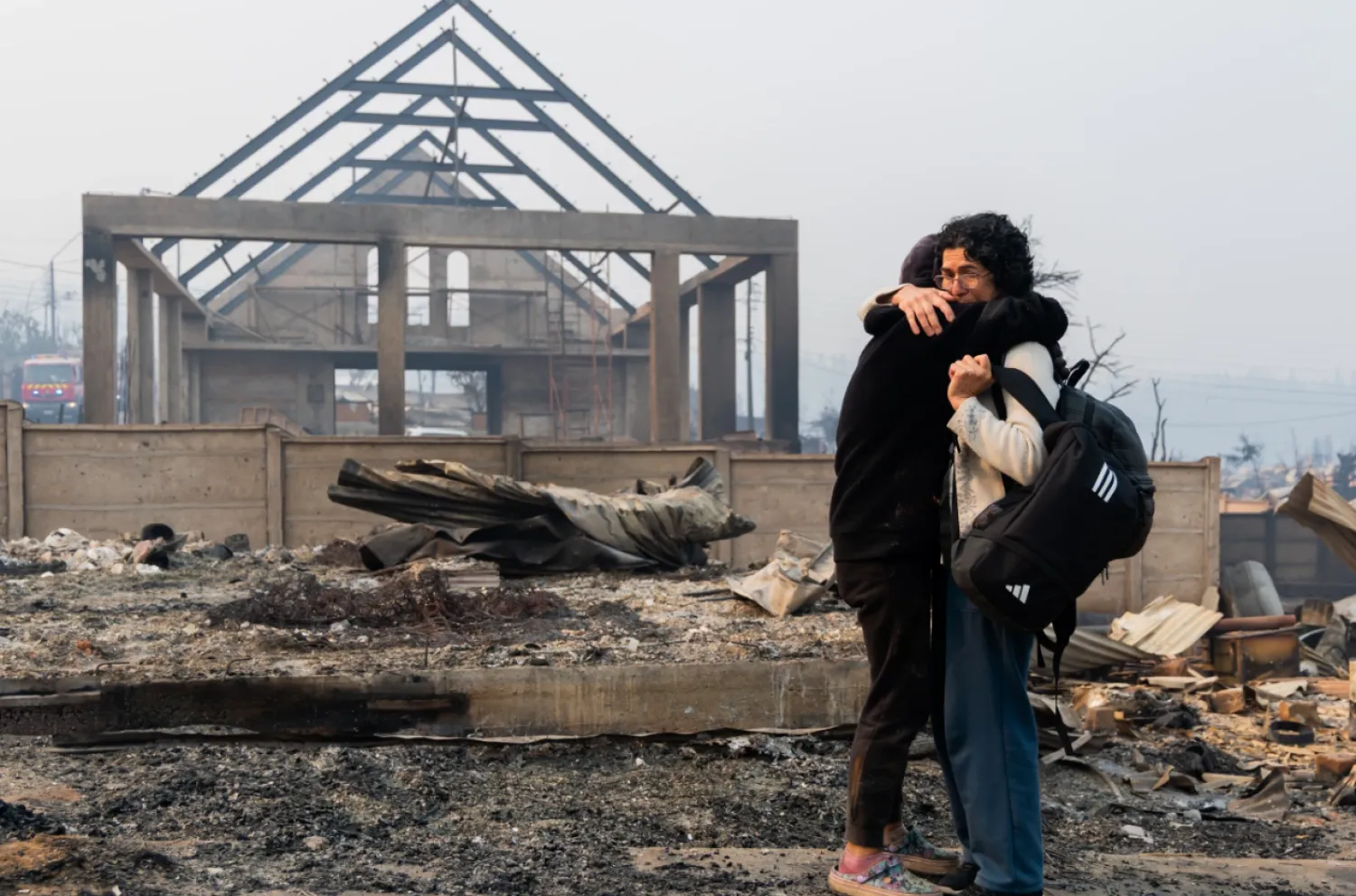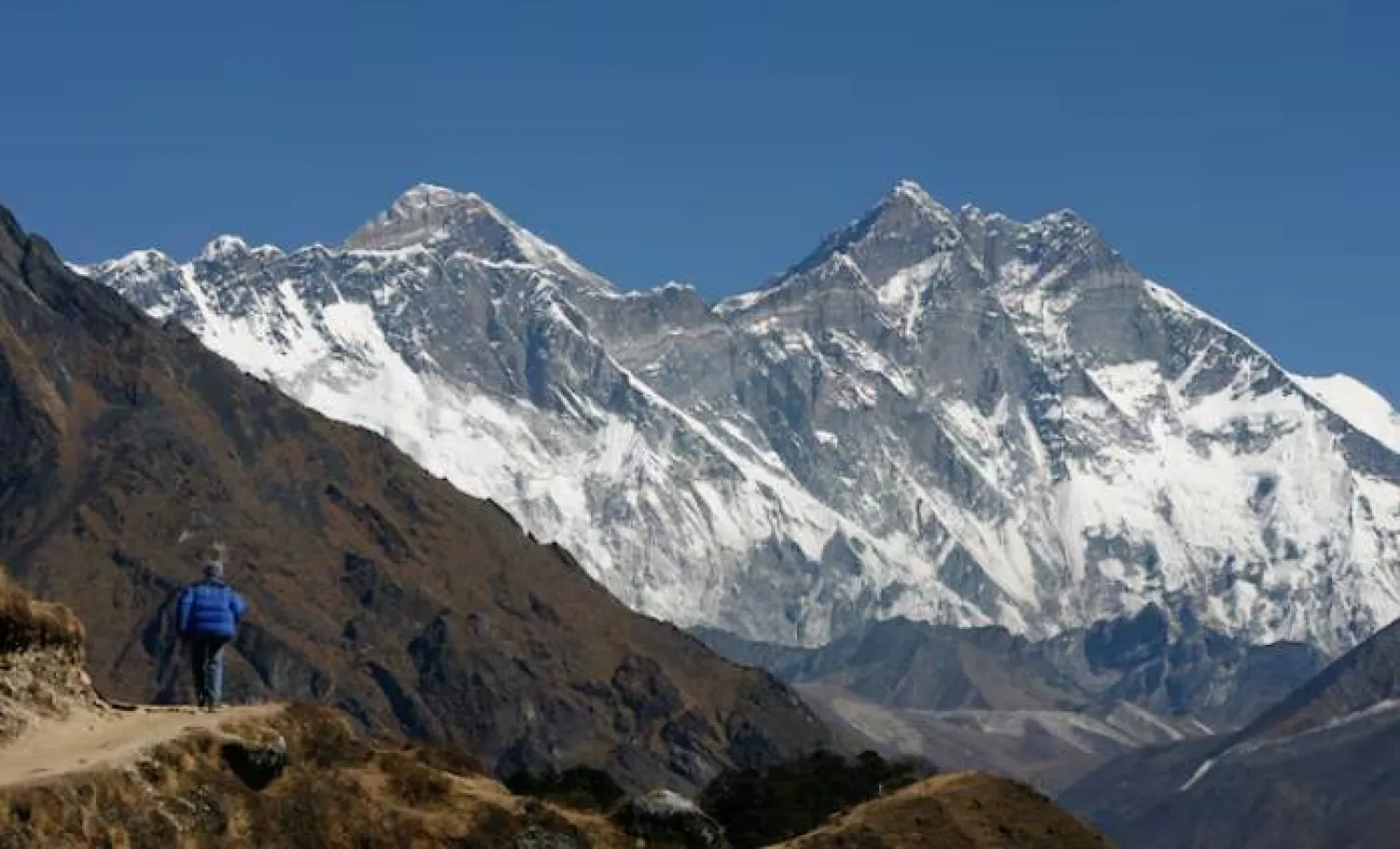Fifty-three years after a private plane carrying five men disappeared on a snowy Vermont night, experts believe they have found the wreckage of the long lost jet in Lake Champlain in the US, The Associated Press reported.
The corporate jet disappeared shortly after departing the Burlington airport for Providence, Rhode Island, on Jan. 27, 1971. Those aboard included two crew members and three employees of a Georgia development company Cousins Properties, who were working on a development project in Burlington.
Initial searches for the 10-seat Jet Commander turned up no wreckage and the lake froze over four days after the plane was lost. At least 17 other searches happened, until underwater searcher Garry Kozak and a team using a remotely operated vehicle last month found wreckage of a jet with the same custom paint scheme in the lake close to where the radio control tower had last tracked the plane before it disappeared. Sonar images were taken of the wreck found in 200 feet (60 meters) of water near Juniper Island.
“With all those pieces of evidence, we're 99% absolutely sure,” Kozak said Monday.
The discovery of the wreckage gives the families of the victims “some closure and answers a lot of the questions they had,” AP quoted him as saying.
When the ice melted in the spring of 1971, debris from the plane was found on Shelburne Point, according to Kozak. An underwater search in May of 1971 was unable to find the wreckage. At least 17 other searches happened, including in 2014, according to Kozak. At that time, authorities were spurred by curiosity after the Malaysia Airlines plane disappearance that year with the hope that new technology would find the wreck but it did not.
Barbara Nikitas, who lives in southern California and her cousin Kristina Nikita Coffey, who lives in Tennessee and is the daughter of George Nikita, spearheaded recent search efforts and contacted other victims' relatives.
What was fascinating in reconnecting with the group was “everybody had pieces of the pie and the puzzle that when we started sharing information and sharing documents what we got was a much greater both understanding and perspective of the information, how we were all impacted by this,” said Charles Williams, whose father, Robert Ransom Williams III, an employee of Cousins Properties, was on the plane.
He called Kozak a hero for his dedication to finding the plane. After the 2014 search was unsuccessful, Kozak became intrigued and searched a sonar survey of the lake taken by the Lake Champlain Maritime Museum and Middlebury College. He found four anomalies on the lake floor. Then in 2022, a colleague, Hans Hug of Sonar Search and Recovery in Exeter, New Hampshire, and his friend who has an ROV, said they wanted to look for the plane, Kozak said. The team found a plane but it turned out to be a military aircraft. Last winter Kozak searched the sonar survey again and found another anomaly, which the team discovered last month was likely the plane wreckage.
The National Transportation Safety Board is investigating to verify if it is the plane, Williams said. The NTSB doesn't do salvage operations, which would be expensive, Williams said.
Jet Missing Since 1971 Found Submerged in Vermont Lake

In this May 2024 image provided by Garry Kozak, remains of what experts believe to be is a 10-seat Jet Commander aircraft, rest on the floor of Lake Champlain off Juniper Island, Vt. (Garry Kozak via AP)

Jet Missing Since 1971 Found Submerged in Vermont Lake

In this May 2024 image provided by Garry Kozak, remains of what experts believe to be is a 10-seat Jet Commander aircraft, rest on the floor of Lake Champlain off Juniper Island, Vt. (Garry Kozak via AP)
لم تشترك بعد
انشئ حساباً خاصاً بك لتحصل على أخبار مخصصة لك ولتتمتع بخاصية حفظ المقالات وتتلقى نشراتنا البريدية المتنوعة







